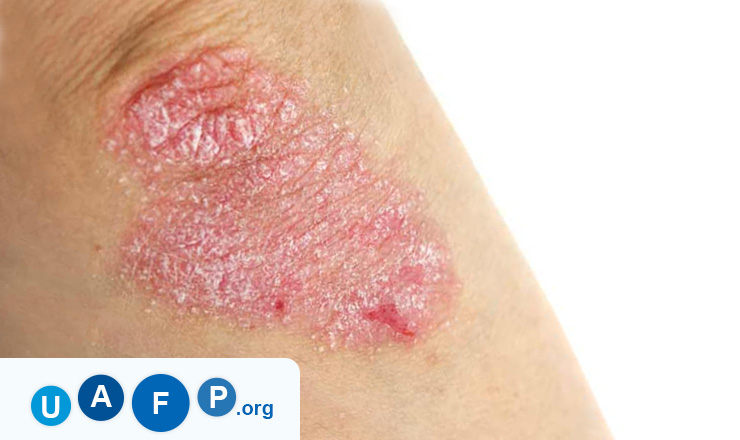Atopic Dermatitis
This disease is a common type of eczema. It is also known as the AD. It is a chronic eczematous skin illness and it generally begins in the childhood. It is believed that it is often inherited and people with this condition have highly sensitive skin and have very decreased tolerance for irritation. It is believed that more than 20 million people are affected by this condition worldwide. It often appears as red, itchy rash on the cheeks, legs, and arms. This condition exists with two other allergies known as hay fever and asthma. It is known that people who have asthma or hay fever or both have a higher chance of developing Atopic Dermatitis. As said earlier this condition begins in the childhood and usually in the first six months of the baby`s life.
Although it is the most common form of eczema, it is also the most common form of this eczema. It is also the most severe and long-lasting in terms of duration. In some cases, the condition can improve as the child grows up, however, in some cases it may get worse. It has also been noted that sometimes the condition totally disappears for some children, though some can continue to experience it even in the childhood.

The exact causes of Atopic Dermatitis are not yet known but, it is believed that it can be due to a combination of genetics and certain environmental factors. When the immune system is trigged by something outside the body the skin cells stop behaving in the normal way and it causes the skin to flare up. It is also known to run in the family but it not certain how it is passed from the parents to the children. It is known that if either of the parents has hay fever, asthma or Atopic Dermatitis the child has a 50 percent chance of having at least one of these diseases. It is more common to urban areas and in developed countries and is known to affect men and women of all races equally. It is not contagious and cannot be transferred from one person to another.
There are many symptoms of this disease. The other kinds of eczema usually go away in a few days or weeks, but Atopic Dermatitis does not go away easily. It may get better or even worse but the symptoms typically return again. This condition is very itchy and the skin can be damaged from the scratching. Some of the common symptoms are redness, itching, dry scaly skin, cracks behind the ears, open crusted sores and rash on the cheks, arm or legs.
There is a number of things that can be done to help with this condition. One needs to take care of the skin consistently. Though this condition cannot be cured completely certain things can help control it. Daily skin care by bathing and moisturizing helps with the condition. You need to identify the triggers for Atopic Dermatitis and work on them to manage them. A Phototherapy is a form of light treatment for this condition.




